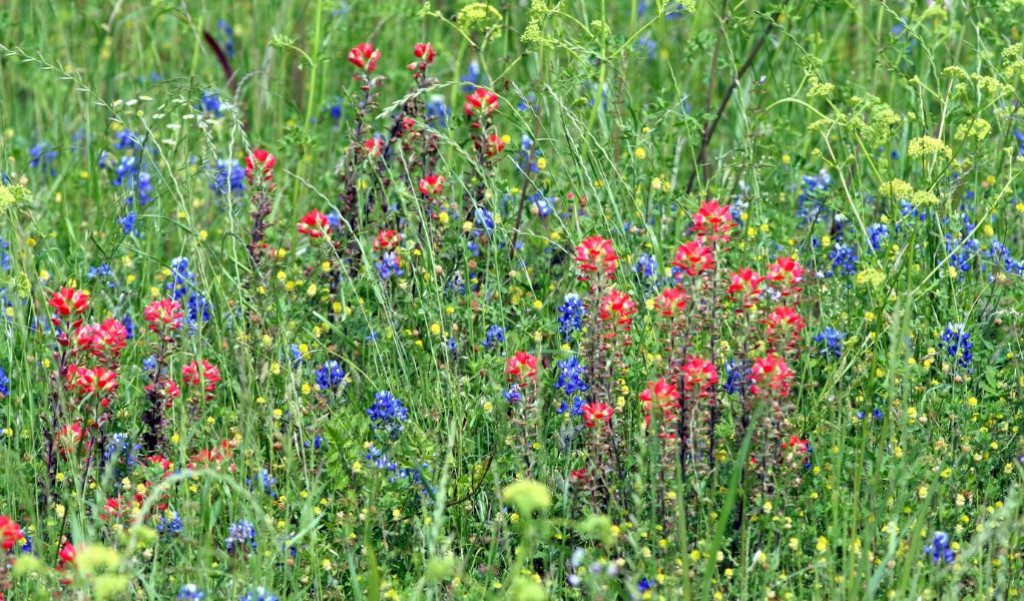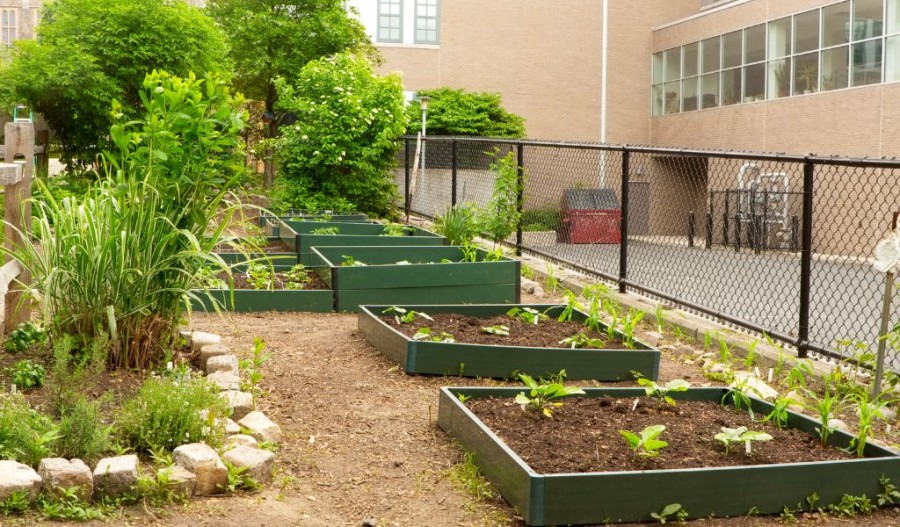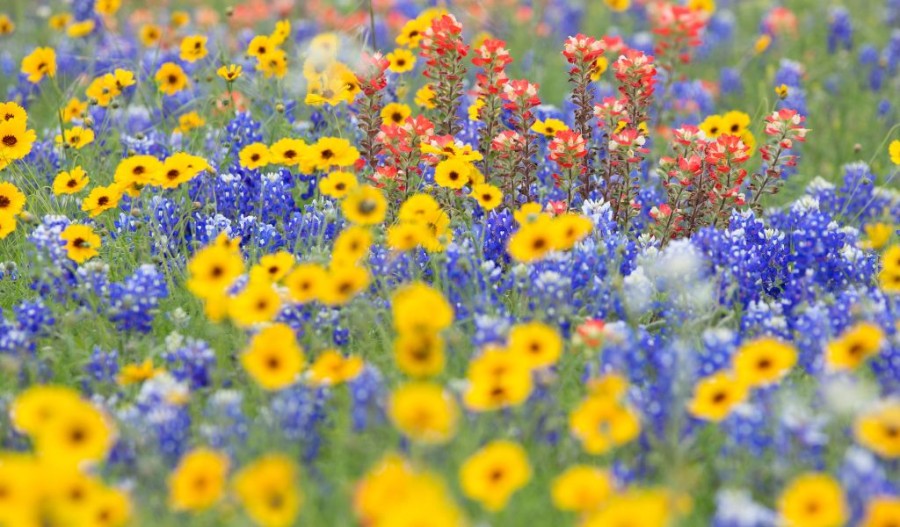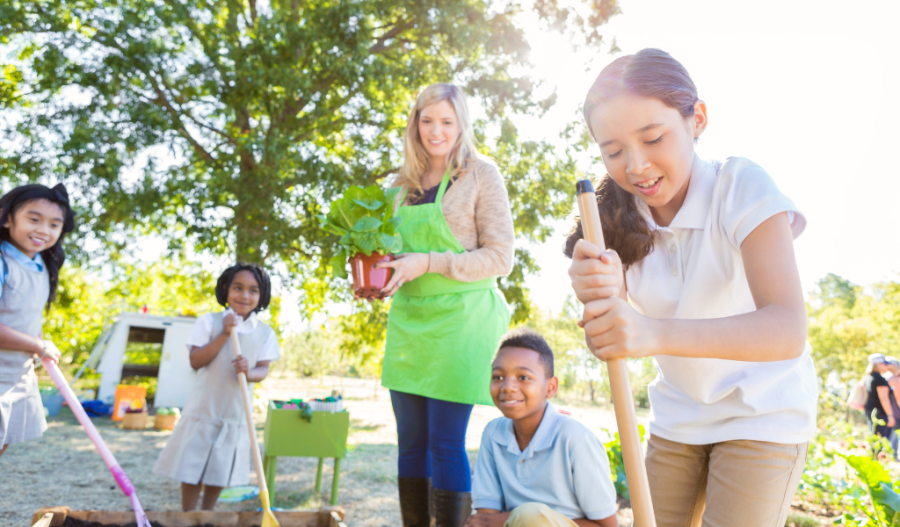School gardens offer students multiple advantages while also introducing them to deeper environmental ideas and concerns. Gardening develops new skills including responsibility, understanding, and self-confidence. Studies show that children who garden have better science and math skills, and even score higher on standardized tests.
The school garden offers a place to enrich teaching efforts, project-based learning opportunities, and exciting hands-on experiences that make learning come alive!
A terrific way to start is with a wildflower garden. The ideal time for planting wildflowers is in the fall since this gives the wildflower seeds time to germinate before going dormant in winter.
Native flowers are easy to care for and can readily adapt to local weather conditions. Wildflower leaves, nectar, and pollen provide a delectable food source for pollinating bugs, and larger wildflower leaves provide a safe spot for these same bugs to lay eggs.
There are a few common steps all garden planners must take to create a rewarding and sustainable program. Creating a successful school garden comes down to planning, care, and connecting the garden to the classroom. Start with these steps:



